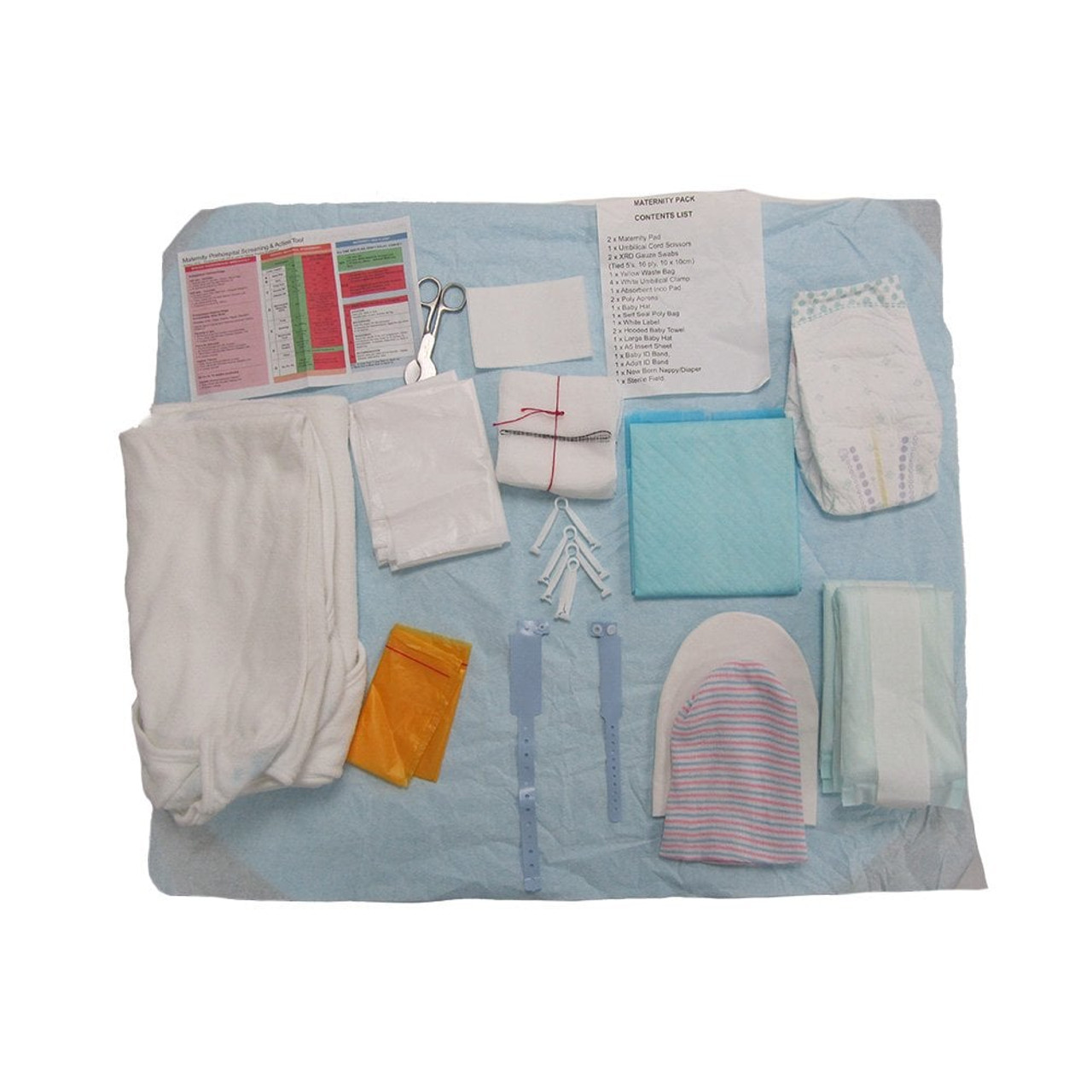Supporting Professionals Who Care
Facts about Midwives
It’s International Day of the Midwife on the 5th May.
In over 50 nations around the world, people will be celebrating and honoring midwives, maternity support workers and student midwives and the excellent care and service they provide to women and their families through pregnancy, child birth and postnatal care.
We have compiled some interesting facts and information to share with you about the history of midwifery, midwives in the UK and the medical equipment they use.

TOP 10 FACTS ABOUT MIDWIFERY
- The practice of midwifery can be traced back to the palaeolithic era (40,000 B.C.), where pregnancy and childbirth required women to give birth in challenging and often life-threatening environments. Women supported themselves during birth based on knowledge and skills they learned from observing other mammals. (internationalmidwives.org)
- The first Midwives manuals were produced in the 1500’s. (rcm.org.uk)
- Forceps to aid birth were invented by Peter the elder Chamberlen around 1600. The Chamberlens had migrated to England in 1569 to escape the religious violence in France. From his roots as a barber-surgeon working in London, he became the Royal obstetrician-surgeon during the reign of King Charles I. (madeupinbritain.uk)
- In 1881 Louise Hubbard created Matron’s Aid which was the founding organisation for The Royal College of Midwives – the only professional organisation and trade union dedicated to serving midwifery. (rcm.org.uk)
- Midwifery became legally recognised in Britain in 1902 with the first Midwives Act (memoriesofnursing.uk)
- In 1936 the Midwives Act created a nationwide midwives service which offered salaries, pensions, annual leave, uniforms, and equipment. (rcm.org.uk)
- Midwifery is a protected function in the UK, meaning it's a criminal offence for any person other than a registered midwife, or a registered medical practitioner, to attend on a woman in childbirth (except in emergencies or when in training as a student midwife or medical student). www.nmc.org.uk
- In 2021, there were approximately 57.6 thousand midwives in employment in the United Kingdom (UK). https://www.statista.com/
- There were 578,562 deliveries during 2021-22, and the most common method of delivery was spontaneous. This was the most common across all age groups, apart from 40 and over where the most common method of delivery was caesarean. (digital.nhs.uk)
- Within the NHS there are hospital and community midwives. Hospital midwives are midwives who are based in a hospital obstetric, or consultant unit, a birth centre or midwife led unit, and they staff the antenatal clinic, labour ward, and postnatal wards. Community midwives often work in teams and provide a degree of continuity of care. (nct.org.uk)
MEDICAL ADVANCEMENTS
Midwifery has improved exponentially in the last 100 years and thanks to the invention of antibiotics and the NHS, birth death rates have dropped to a very low rate.
The invention of new and improved medical devices, and knowing how important cleanliness is, are also contributing factors.
Below you can find a list of some of the typical equipment a midwife* would carry on them:
- Pinard or Sonicaid
- Tape measure
- Cord Clamp
- Gloves
- Stethoscope
- Sphygmomanometer
- Inco pads
- Sanitary pads
- Scissors
- Resuscitation bag, valve and mask.

*List provided from a current midwife currently working for the NHS

At DS Medical we have put together some ready-made maternity packs.
We have adopted the National Ambulance Standard maternity pack and enhanced it ensure greater patient care.
Click here to see them now.

